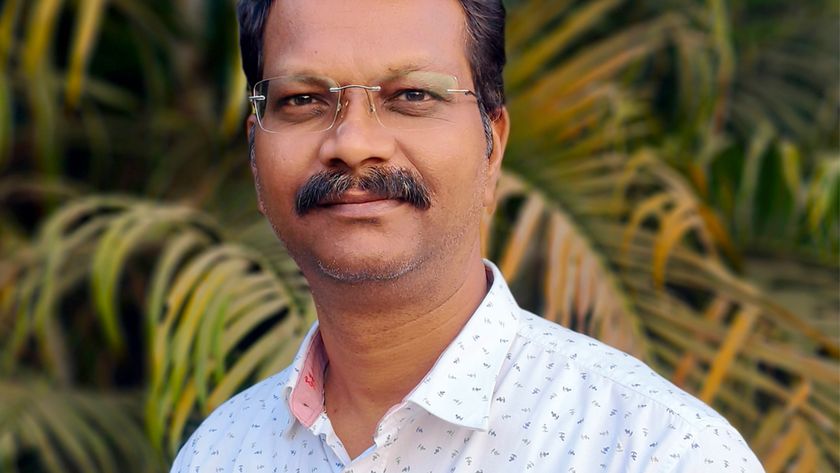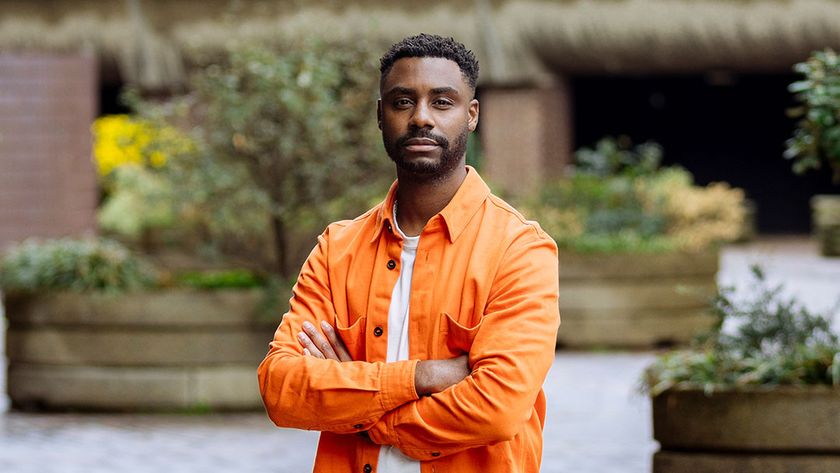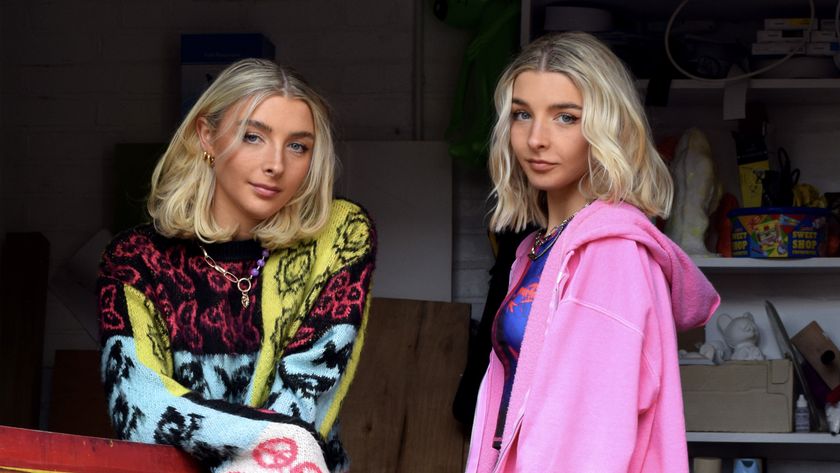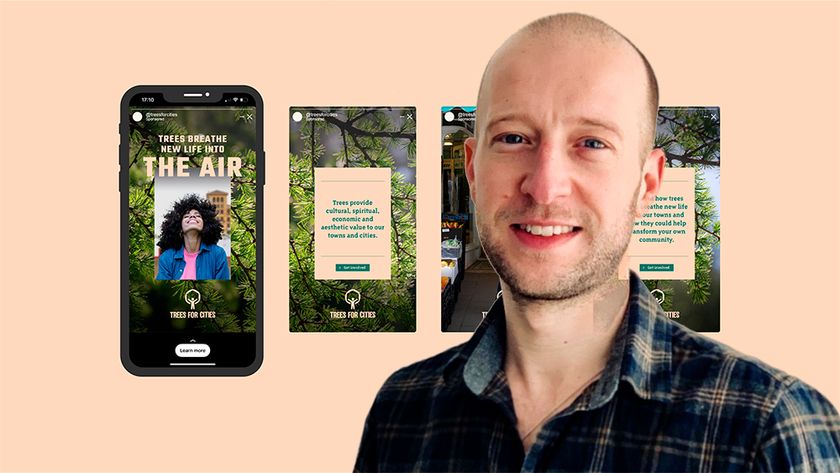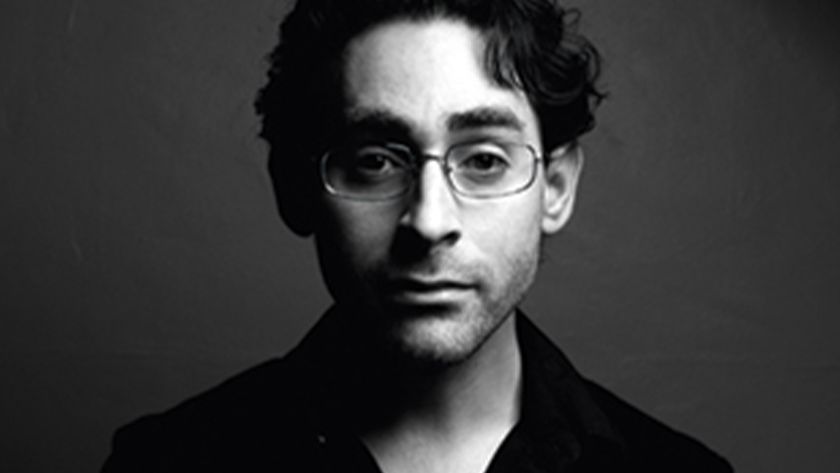27 interview tips from experienced pros
These interview tips will help you to stand out from the crowd and nail that dream job.
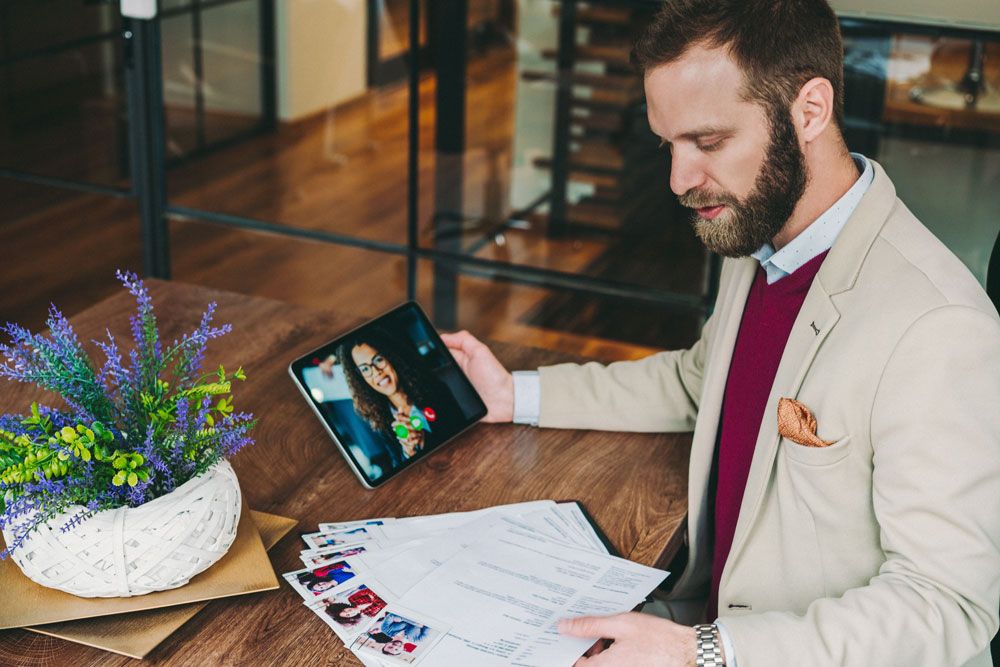
Interview tips from experienced professionals can be incredibly useful for both beginners and seasoned veterans of the job market. Recent events have meant that an already-challenging process has become even more difficult, with candidates trying to perform their best over the internet in online interviews. But it's crucial that the prospect of an interview (online or in person) doesn't put you off applying in the first place. With a little guidance, you'll be well on your way to achieving your ambitions.
Working hard to obtain the skills, the right attitude and an incredible portfolio (for inspiration see these excellent design portfolios) means the job could easily be yours. We've spoken to industry pros to gather some simple but effective tips to help you succeed, and land the design job of your dreams.
Looking a new job? Check out our UK design jobs board, regularly updated with the best design jobs out there right now.
Getting the interview
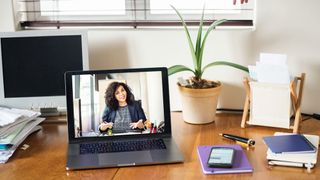
01. Don't be shy
These days, not every opening is advertised on a traditional jobs board. You have to keep your ear close to the ground. As freelance web designer Jack Osbourne explains: "It's important to make as many connections as possible. Online communities such as Twitter, LinkedIn and Facebook will help you interact with other designers, while sites such as Digg and Design Float can provide you with free marketing and help to get your work out there.
"Posting links to your social network profiles also helps you make connections with people, who until now will have been nameless and unknown. When networking, the golden rule is this: don't be shy!"
02. Don't wait for vacancies to appear
There doesn't need to be an actual job vacancy in order for you to get work. If your experience and skillset will help a studio or agency win business, improve its offering or bring an innovative approach to the table, then that studio may try to make a space for you.
Added value cannot be underestimated. Creative agencies are busy places, so if your details hit the right screen at the right time, you could make someone's life easier and bag your dream job interview.
03. Get involved
Creative studios are usually very sociable and like to share their successes. Follow their blogs and tweets, and make insightful comments by way of an introduction. Before your design interview, don't just randomly try to link with people you don't know on LinkedIn – join one of their groups and interact first.
04. Get the knowledge
One of the advantages of working within the creative industry is that you are at the cutting edge of innovation. There are lots of really good sites that can keep you up to date with what's new and what's yet to be new, all providing as much or as little info as you require.
Preparing for the interview

05. Use visualisation techniques
Think of examples of when you designed something amazing. Actively visualise these examples before the interview, thinking about how you approached each stage of the process. When you go into the interview you will have these examples at the front of your consciousness, which will help you to formulate great responses to the questions asked using 'real-life' experience.
06. Record yourself
To prepare for an interview, record yourself speaking on a voice-recorder app or to camera. Doing this activates the same anxieties you might feel when under the pressure of an interview. By running through potential questions ahead of time, you can feel prepared and relaxed in the interview.
07. Make something for the interview
Candidates are often asked to provide a presentation for an interview. You could go one step further and built a demo app, bringing your presentation to life. This not only proves that you are serious about wanting the position, it also provides another opportunity to showcase your skill set. Going the extra mile means that after a long day of interviewing, the managers have something to remember you by and that helps you stand out from the crowd.
08. Refresh your knowledge
Brush up on your skills, and check for the latest trends in your design field. Be confident that you are up to speed on the latest developments. You wouldn't want to be caught unstuck.
Passing the interview

09. Be punctual
It may sound obvious, but arriving late to a job interview creates a bad impression, and feeble excuses about late-running trains or traffic congestion just won't impress anybody (plus, they're unlikely to be believed if your interview is online, from the comfort of your home). Clear enough time in your schedule that you'll be there in good time and without sweat pouring off you/hair still wet from the shower.
10. Be confident
Don’t worry if you are nervous – that's okay, it shows that you want the job but don’t let it overrule you. Focus on telling the interviewer about your experience and getting across everything that you want to say. Make notes beforehand and refer to them if needs be. Ensure you understand the question before responding. Do not be afraid to ask clarifying questions or for a question to be repeated.
"One of the most common mistakes in interviews is when a graduate plays down their work" says D&AD judge Ben Casey (founder of The Chase). "Practise your presentation and don't say 'this is only'... It's hard if you're nervous, but when you've spent weeks on a piece of work you must present it in a positive light."
11. Don't be afraid to pause and think
It's common for candidates run into an answer without thinking it through. Take time to consider and construct your answer. Answer at a gentle pace to give yourself time to give your best answer.
12. Dress the part
How you present yourself is very important. A good rule of thumb is to dress smart-casual. Wear clothes you are comfortable in: this will also help portray your confidence in a design interview scenario. If you're meeting a creative, don't wear a suit because they won't be. But turning up in shorts and flip-flops for client-side interviews will speed your exit out the door. And, even for a Zoom call, it's best to dress your lower-half in interview-ready attire, too. Just in case.
13. Sell your skills appropriately
Studios are always looking for people who can add something new to their business, but not at the expense of what they actually want you to do. So don't blurt out your skills with, say, augmented reality apps, before you have given them confidence in your ability to do the specific job you're interviewing for. Instead, portray these additional skills as a good way to add value to the business in future.
14. Use the tools you're given
If there is a whiteboard in the room and you prefer to explain things visually, then draw the answer on their whiteboard. If you're asked to complete a live coding test and the interviewer is giving you hints and tips, listen to them. If you're given internet access, use it – you've been given it for a reason and the interviewer wants to see how you work. It's okay to research an error message or check for a good piece of code on Stack Overflow, for example.
15. Remember your resumé and portfolio
Just because the company interviewing you has already seen your creative resume, don't assume that part of the application process is over. You may well be asked to talk through your resumé in the interview, so make sure you have a number of copies available in a presentable form ready to share, and familiarise yourself with what you say you've done and what you're able to do. And you will almost certainly be asked to talk through your portfolio, so the same goes for that.
At the end of the interview

16. Ask questions
An interview is both an opportunity for you to impress the interviewers and for them to impress you. If you are asked to move forward to the next stage, you want to be sure it's the right role for you. Have at least one question about the role or company prepared as well as asking about next steps in the process.
17. Be authentic
If this is your dream job, tell the interviewer that. There is nothing wrong with showing your passion and enthusiasm for a role.
Preparing your resume
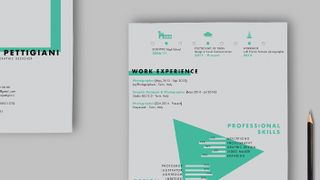
18. Keep it structured and specific
Start with a mission statement that captures who you are, and really sell yourself. Name-check clients and brands you've worked with in, and always list your employment in reverse order, current job first. When you're talking through your resumé in your design interview, you want to be able to back up statements with experiences listed on your CV. Try and be specific – don't say: "I work well individually, or in a team" – everyone does, it's not a unique skill.
19. Have more than one resumé
Creative and digital job titles are invariably ambiguous – as are creatives' abilities. If you can comfortably do three different jobs, then create three different resumés, making sure each one plays to your relevant strengths. Just remember which one you used to apply for which job – and bring the appropriate one to the interview!
20. Be wary of novelty options
Jason Arberof Pixelsurgeon has had his fair share of novelty resumes. "I've had resumes written on scrunched up paper; arriving in the form of a jigsaw; and playing cards. I've had giant resume posters, inflatable resumes and resumes crafted using delicate and complex paper engineering.
"Obviously these resumes stick in the mind, but they also seem like novelty resumes, too – so if you choose to go down this route, it's a calculated risk. On the one hand you might appear like a creative thinker, on the other it might seem pretentious and excessive. It depends on the recipient."
Preparing your portfolio
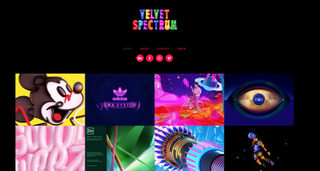
21. Keep it simple
Let's focus on your digital portfolio first. The best option is a bespoke website, but that doesn't mean you have to code it from scratch (although if web design is your thing, that might be a good idea). There are plenty of WordPress portfolio themes that provide a good basis for a personal site.
"All art directors will agree that you have to follow the 'Keep it simple, stupid' formula with your online portfolio, because if it's not simple in its navigation and design, you'll be the one who looks stupid," advises creative director Jon Schindehette. "Oh, and never use Facebook photos to showcase your work: it screams 'amateur'!"
You might also want to create a printed portfolio. This might be a brochure of your work, or a more basic mailer.
22. Show your best work
Make sure you have a dozen good projects, but always have the strongest three or four in your mind so that you can confidently talk through them if time is short. Avoid filler – only include work you're really proud of and which shows off your skills. Better to have fewer projects that all shine than introduce something that causes the interviewer to doubt your skills.
23. Give the viewer what they want
Ben Cox, head of the Central Illustration Agency, reveals what it takes to create a cracking portfolio: "The trick is to empathise with the client at all times. If you were an art director in need of an illustration in a hurry, would your portfolio or site deliver an inspiring and accurate view of your visual language within the first few pages or clicks?
"Would that impression then last throughout if the client decided to spend more time exploring your work? Excite them, yes, but make their job as easy as possible."
24. Focus on quality, not quantity
Although the amount of work included in your portfolio will vary from person to person, that doesn't mean you should cram it full with everything but the kitchen sink. "The thing is, a portfolio is simply a vehicle to show off your talent and attitude," says creative director John McFaul. "Don't stuff it with fluff and crap to make up the numbers – we can see through all that."
25. Tailor your examples
This is a controversial point. Do you adjust what's included in your portfolio to focus on the industry or specialism your interviewer is looking for? The 'no' camp suggests they want to see your 'whole character' through different styles and projects. But if a subset of your work is wholly irrelevant, or even poor by comparison, do you really want to be judged by it? If in doubt, leave it out.
26. Show personality
Ensure your personality shines through in the interview and your portfolio. Lawrence Zeegen, design guru and lecturer at Ravensbourne University London, explains: "The best portfolios are expressions of the owner's personality, both as a creative designer and – equally important – as a person with opinions, a point of view, a standpoint and a life outside of design.
"The most effective portfolios are those that take the viewer on a journey – tell a story, inspire, impress and innovate. These portfolios are rare, of course, but they are in a place that the most ambitious should aspire to reach."
27. Set yourself briefs
Worried you don't have enough work to present? Want to showcase examples that are specific to the agency? Cox suggests setting yourself briefs.
"If you see an advert or book jacket that strikes you with either its high or low design quality, commission yourself to produce your own version of it, and then include it in your portfolio. You can even layout the body copy to further demonstrate how your self-initiated images can be used in a commercial context."
For more tips, we have an article dedicated to how to start building your design portfolio.
Some of the tips in this piece originally appeared in net magazine.
Related articles:
- Web design portfolios: Brilliant examples of web design portfolios
- How to get a design job: 7 expert tips
- Website templates: Top-class examples

Thank you for reading 5 articles this month* Join now for unlimited access
Enjoy your first month for just £1 / $1 / €1
*Read 5 free articles per month without a subscription

Join now for unlimited access
Try first month for just £1 / $1 / €1
Get the Creative Bloq Newsletter
Daily design news, reviews, how-tos and more, as picked by the editors.
Gordon is the founder of Digital Technology Labs, which specialises in software development and web design, helping businesses get online.

